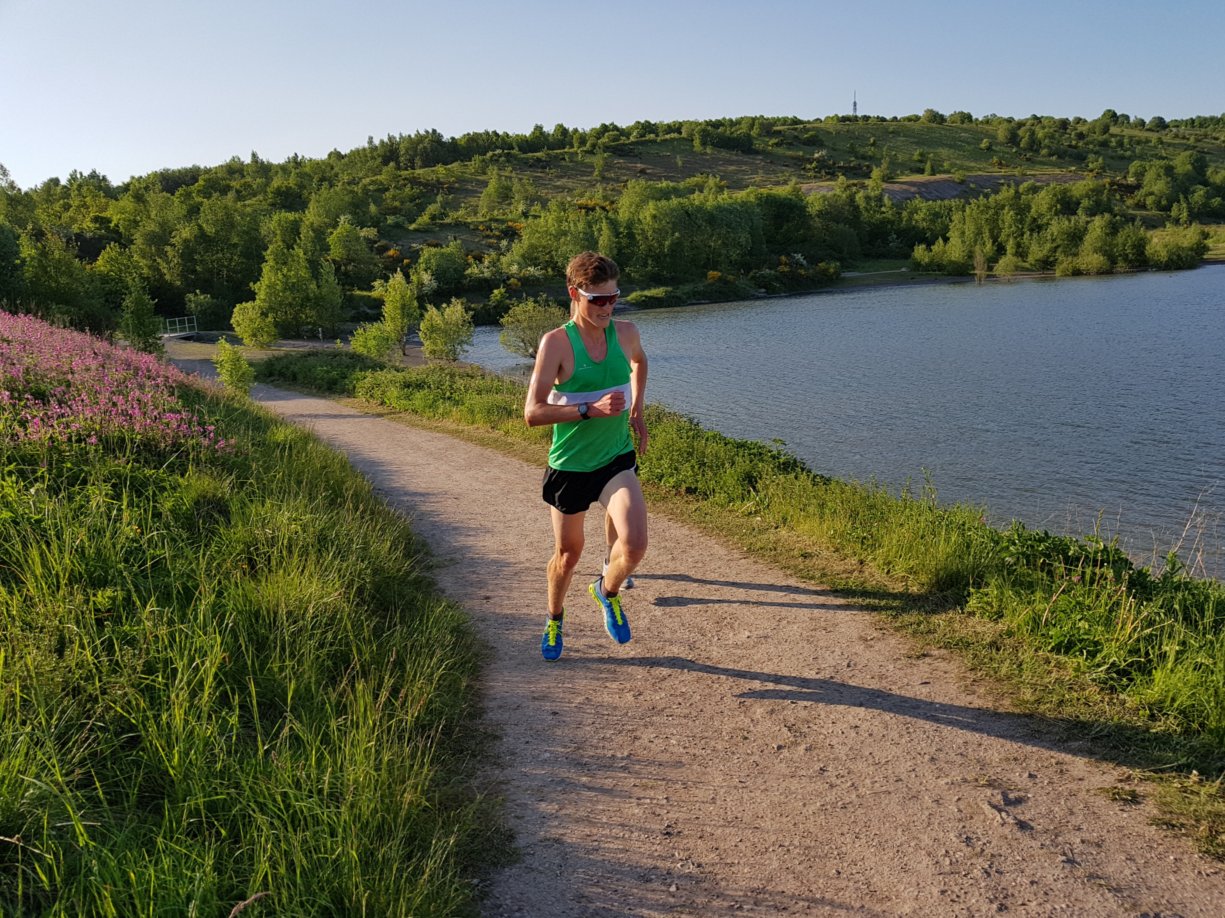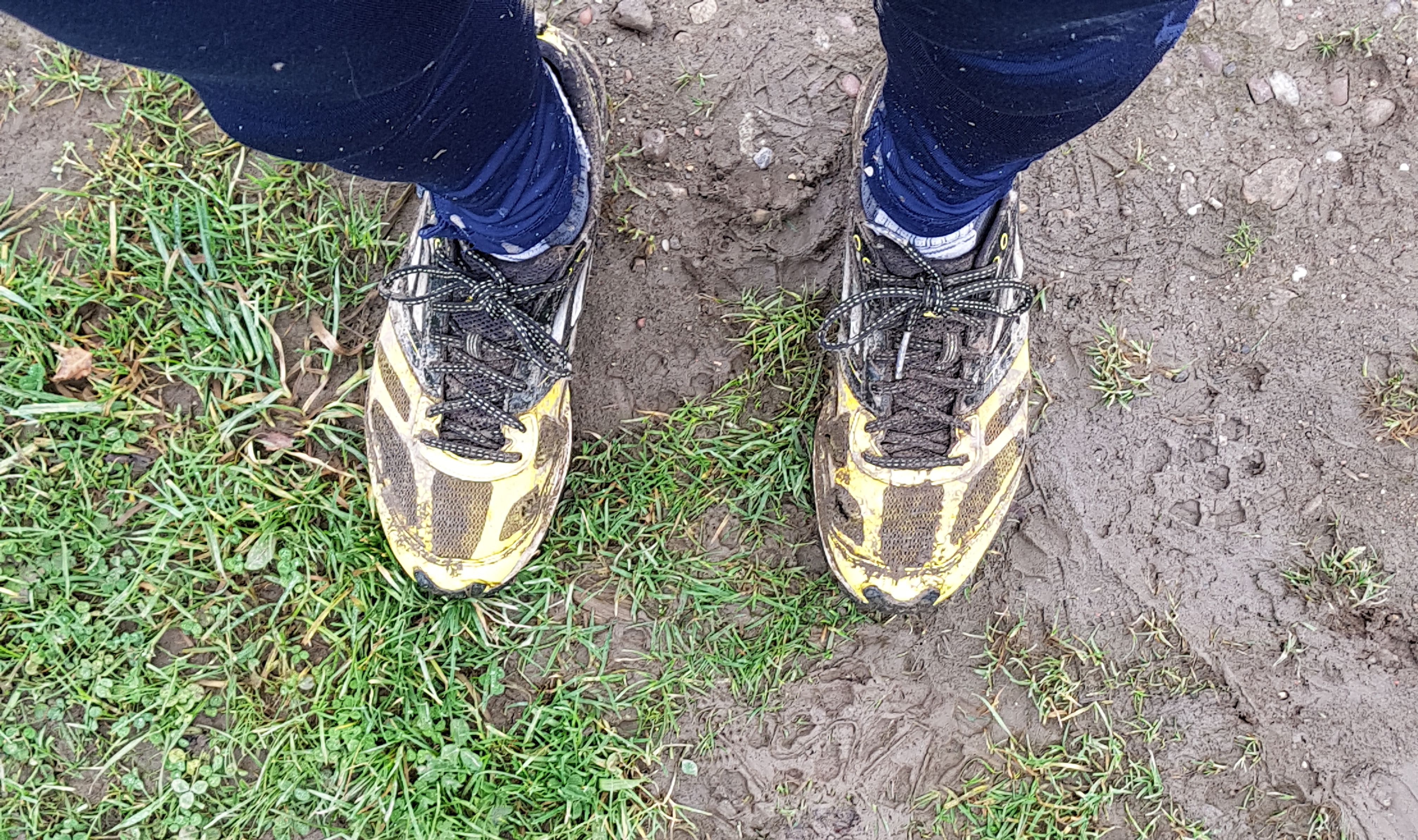FARTLEK IS UNSTRUCTURED FAST AND SLOW RUNNING
Even though I am no longer a competitive runner I still love to do a fartlek run most weeks. Basically, this means I want to do something a bit more intensive to test myself compared to my usual easy and steady runs, but at my own pace and effort. The point is that you will never do exactly the same work-out twice and this ‘freedom’ can really help you to get something done when mentally you don’t feel like training hard. Run on feel, and try to avoid timing the length of the efforts. Generally a fartlek is a solo session, but it doesn’t have to be. If you run with someone fairly evenly matched you can take it in turns surprising each other with a sudden surge or sprint.
This article: https://en.wikipedia.org/wiki/Fartlek gives a good outline of the origin and history of fartlek as well as a list of suggested workouts. I must admit I think adding too much structure and planning into a fartlek partly defeats its purpose in my mind – although see my own examples below.
Fartlek can be around a set course, or for a fixed length of time, or entirely as you feel. It can be in the town or countryside or a mixture of the two. It can even be around a track. Use landmarks and the topography, up hills, down hills, straights, gates, styles, lamp posts etc. to start and stop your efforts, and only use your watch to determine how long the session is in total.

Fartlek is addictive and you can quickly develop a taste for pushing yourself harder and harder.
Fartlek can be an easy workout with just some short faster strides at random, maybe even walking breaks, or an extremely hard workout of repeated intensive efforts including hills if they are on your route or a mixture of as many different types of running as you can fit in your allotted time.
In terms of a planned training programme, I would recommend starting with lower intensity earlier in the base training period and increasing it gradually towards the pre-competition period with fartleks perhaps once every 2-3 weeks instead of a conventional repetition or interval session to give you a mental break.
Overall a more intensive fartlek workout is likely to include about 50% of the session or run time spent in ‘effort’. Watch the overall effort though. Fartlek is addictive and you can quickly develop a taste for pushing yourself harder and harder and just like a structured intensive training session you may over-train if you do them too hard too frequently.
Examples of fartlek for specific event training:
Cross country training: A fartlek on the grass playing fields or a park works really well in the winter months as a weekend session when you haven’t got a cross-country race and want a workout that allows you a bit of breathing space from that competitive training pressure. If possible use a local cross country course and aim for a similar overall workout time to your typical cross country race distance with similar warm-up and cool-down too. Try for a mix of short and longer duration effort and recovery times. A course with hills will help build specific leg and cardio-vascular strength. A few shorter faster efforts in a winter or spring cross country fartlek are great for maintaining some leg speed ready for the track season too.
Track event training: Although not true fartlek in the sense that you control it yourself, pre-season coach controlled fartlek on playing fields or track involves the coach (or a friend) controlling your efforts at random with their whistle. The extra value of this is that you have to run hard when you least expect it, or when you really don’t want to. This can deliver excellent tactical race preparation but will also be an extremely hard session physically so should be used sparingly and not later than 10 days before a target race. This is particularly relevant to middle distance track racing if you are preparing for championship middle distance events where you may get that type of tactical race.
Road race training: Training on winter evenings in a town or city can be a bit of a slog and there is a tendency to convert workouts to steady runs just to get them done. Sections of pavement between road junctions, traffic and street lights and other street furniture can act as random start and stop points.
Depending on the event you are aiming for a fartlek can be over a similar running time to a shorter race like 5k or 10k, but even a long Sunday run can include some fartlek if you missed a workout the day before. This could include a focus on longer efforts for races like the half marathon or shorter more intensive efforts for the 5k and 10k events. But don’t forget that fartlek nearly always counts as a workout, not as an easy or recovery run.
A hard fartlek session can give you most of the same benefits as a conventional interval or repetition session.

Ultra-trail and mountain race training: Beyond the aerobic capacity benefits from the shorter fartlek workouts highlighted above, off-road ultra-distance race training will also benefit from changes in pace and from breaking up really long training runs into shorter sections. These might not include high-intensity efforts, but random variation between hiking, jogging and running paces at random will improve your all round conditioning and help the time to pass more quickly. And doing fartlek with someone else on longer training runs can also really improve your mental strength in coping with race situations where your competitors make a sudden move.
Strava segment fartlek: Armed with a rough knowledge of where local segments are can give you some motivation to run really hard and beat some of the local CRs all in one run. Choosing a route with a number of segments and easy or steady running between them, hit each segment as hard as you can, and see if you can move higher up that leader-board. Again this counts as a really hard session and shouldn’t be used close to a race. If it all sounds a bit planned don’t forget you can vary your pace, miss a segment out or even just run hard for a favourite stretch of road or trail and create a new segment for others…
Example urban fartlek session:
Although a fartlek should really be an individual random effort workout here is an example:
Start with easy ‘warm-up’ running for 15 minutes, accelerate between 2 lamp posts, jog 1 lamp post, go hard again for 3 lamp posts, slow to easy running for a few minutes, at the bottom of a hill increase effort to 5k race effort up the hill for approx. 30 seconds, jog down again and repeat, then steady run for approx. 5 minutes on the flat, accelerate up to 5k race effort for 2 minutes, slow down and jog back to start of the 2 minute effort and repeat, steady run back to the hill and run up hard again for approx. 1 minute, run back to where you started progressively increasing the pace to full out effort just before the end, finish with easy 10 minutes ‘cool-down’ running.
This ‘workout’ will have worked through a full range of paces and energy systems as well as resistance work on the hills.
Although the focus in this article and on this website is about using fartlek as a method of high performance training it is also an excellent form of training for beginners and runners less concerned about pushing themselves to the limit. You can find more information about this approach at https://easyfartlek.com
If you have a question or need additional advice, or you want to give me feedback on how this advice worked (or didn’t) work for you, please don’t hesitate to contact me
All content in this article copyright of High Performance Runner 2019











